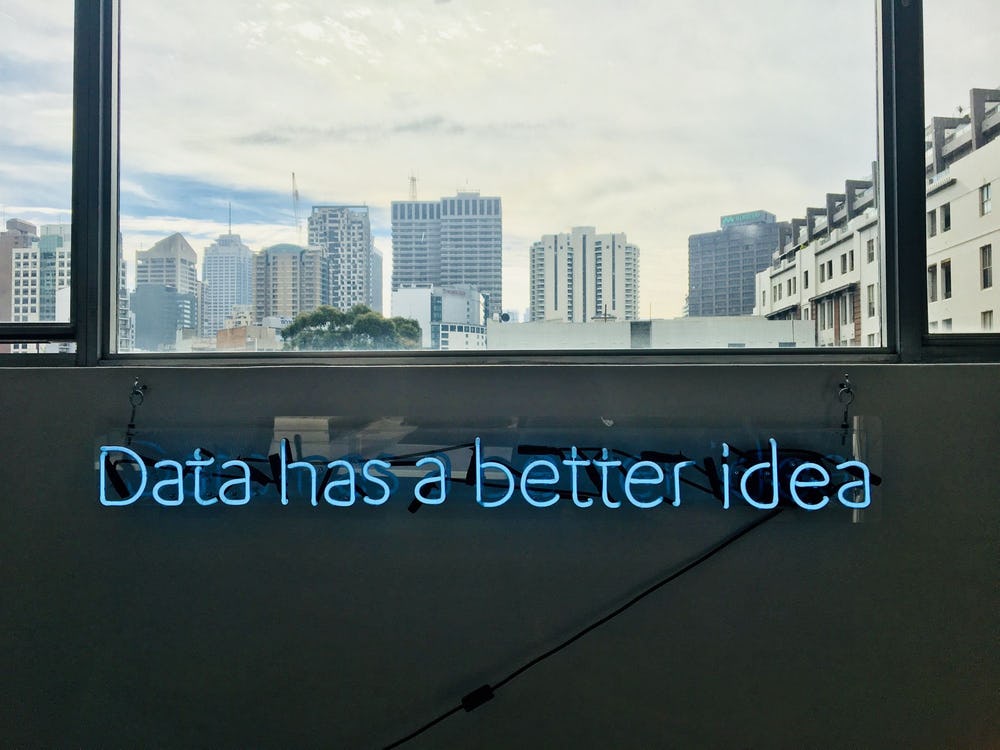AI, IoT and Smart Buildings: Moving Beyond Sensors to Actionable Insights

VergeSense is the industry leader in providing enterprises with a true understanding of their occupancy and how their offices are actually being used.
Artificial intelligence and the internet of things (IoT) have begun to change many traditional industries.
These solutions provide more data about operations and enable organizations to improve service, cut costs, and increase revenue. McKinsey estimates that IoT solutions could create up to $11.1 trillion in value by 2025. Within offices, McKinsey estimates that between $70 and $150 billion of value could be generated, including solutions focused on security, worker monitoring, organizational redesign and energy monitoring.
The key for offices, and buildings at large, is to reduce the number of sensors that need to be installed, reduce integration challenges that occur when legacy and modern systems are connected, and provide actionable intelligence rather than raw data in dashboard form.
IoT and Smart Buildings
In many cases, buildings already have a variety of monitoring and controls systems to operate critical systems like HVAC, elevators and lights.
These systems typically are installed when the building is first built, and some may be years or decades old. However, most of the systems operate based on pre-set defaults and schedules rather than real-time data analysis.
The legacy systems just automate manual processes. For example, a facility manager may simply be able to program thermostats to keep the temperature at 72 degrees each workday. However, these systems do not suffice for more complex needs: changing temperatures based on occupant requests or noticing that a space is unoccupied (and overwriting the schedule to save energy and equipment life).
In the past few years, new systems are available that collect data from these legacy systems, in addition to submeters and other indoor sensors. The goal of these modern systems is to offer more data, make it more accessible to stakeholders, and extend the value of the legacy systems and equipment.
Enterprise software vendors, building equipment suppliers, and startups all offer dashboards and reporting tools that provide summary data dashboards for building operators. For example, a facility manager could access a cloud-based dashboard to see that a given space consistently becomes hot every Wednesday afternoon.
The facility manager may also be able to see that the temperature increases as more people occupy the room and as the level of sunlight increases. The facility manager could conclude from these data points that a combination of more people and increased solar gain increases the indoor temperature. In this circumstance, the facility manager can conclude that the ventilation system does not have the capacity to effectively cool the space.
While valuable information for any building operator, it shouldn’t take a detailed review of multiple data streams to make such a conclusion. Most facility managers do not have time to review a variety of data points and make their own conclusions. Additionally, most facility managers are responsible for hundreds of office spaces: they simply don’t have time to interrogate data for individual rooms and spaces.
While collecting and dashboarding these data points is valuable, it doesn’t actually solve the problem.
What is actually needed is an intelligent system that can collect valuable data, but also analyze it automatically to provide actionable insights. Learn how wireless IoT sensors can provide data-driven insights to the workplace.
When facility managers are given suggestions that can be implemented, instead of data reports and dashboards, they can more easily integrate the new systems into their busy days and get value out of the solution.
With a more intelligent system, the facility manager mentioned early wouldn’t need to use a data dashboard, and would instead receive an email alert: the space either needs increased cooling capacity, shades to reduce solar glare, or a reduction in occupants. This actionable insight gives staff precise information that enables the problem to be resolved.
The challenge with the current state is two-fold: first, there are lots of sensors and systems collecting new streams of data, which can be overwhelming to building operators. Second, most of the data is raw, and there are no automatically generated actionable insights. What is actually needed is a more standardized way to collect the data streams, from a single smart sensor, and a solution that utilizes artificial intelligence to draw conclusions from the data and provide actionable insight.
Wrapping up: Opportunities and Challenges
Like other industries, commercial buildings generate much more data than they did even 10 years ago.
This creates an opportunity to run the spaces more efficiently and profitably, but it also risks overwhelming the facility professionals who may become inundated by these data.
An emerging opportunity lies in artificial intelligence-based solutions that analyze the new streams of data automatically and provide actionable insights and recommendations.
When software is used to automatically generate specific advice and instructions for building operators, everyone wins: building operators become more effective, occupants are more productive, and building owners make more money from their investments. In this new era of building management, smart sensors plus artificial intelligence is a major step forward for all stakeholders.